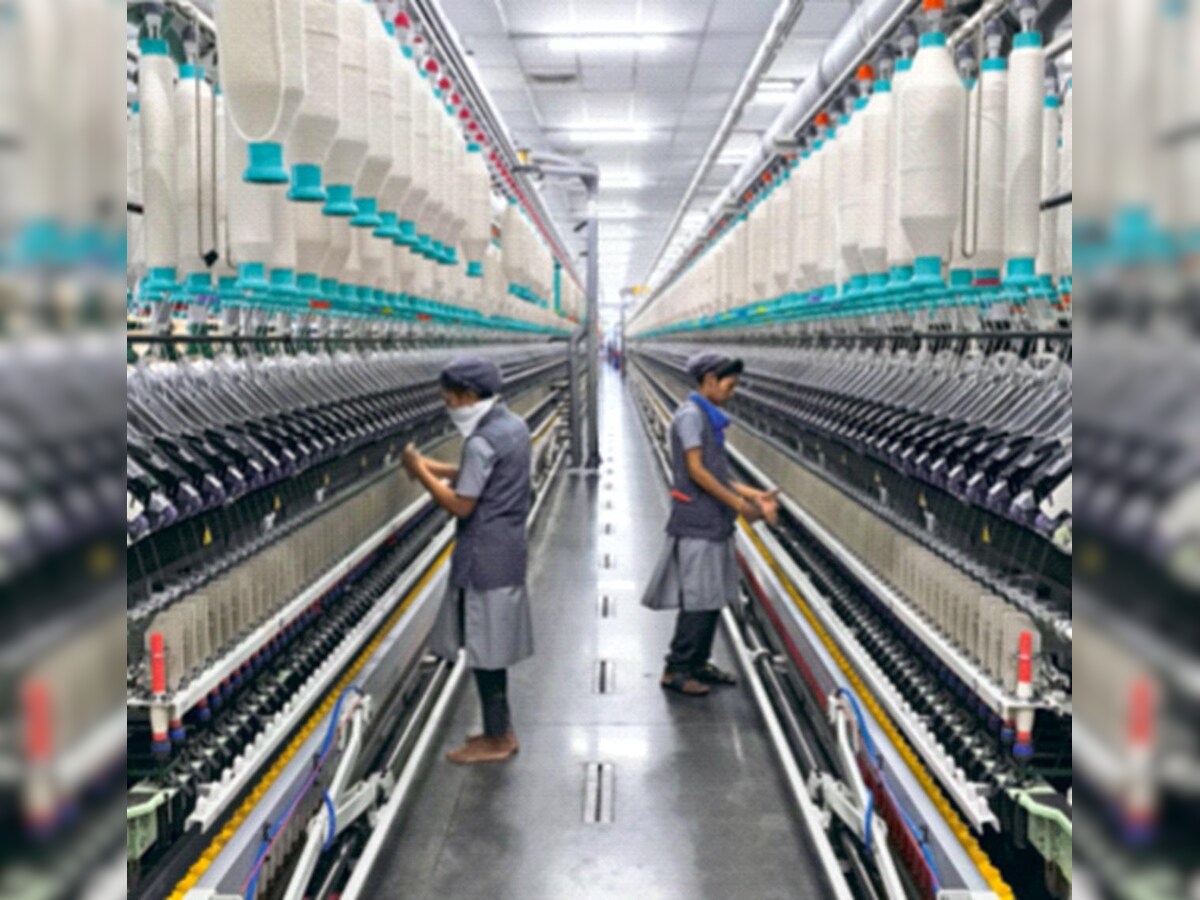According to ICAC, subsidies offered to the cotton sector, including direct support to production, border protection, crop insurance subsidies, and minimum support price mechanisms are estimated at a record $10.4 billion in 2014/15, a considerable rise from a record of $6.5 billion in 2013/14. Twelve countries provided subsidies in 2014/15, and the subsidies averaged 22 cents per pound, up from 15 cents per pound in 2012/13.
Since 1997/98, when the Secretariat first began reporting on government measures in cotton, there has been a strong negative correlation between subsidies and cotton prices: in years when prices are high, subsidies tend to decline and in years when prices are low, subsidies tend to rise. This relationship was maintained during 2014/15. The Cotlook A Index declined from an average of 91 cents per pound in 2013/14 to an average of 71 cent per pound in 2014/15, and subsidies provided to cotton growers increased.
In some countries, such as Brazil and India, minimum support price programs were triggered during 2014/15 because market prices fell below the government intervention prices. Some countries provided subsidies for cotton inputs in 2014/15, especially for fertilizers, storage, transportation, classing services and other marketing costs. At the same time, the use of crop insurance subsidies is also on the rise.
The share of world cotton production receiving direct government assistance, including direct payments and border protection, increased from an average of 55 per cent between 1997/98 and 2007/08, to an estimated 83 per cent in 2008/09. During 2009/10 through 2013/14, this share declined and averaged 47 per cent. In 2013/14 the proportion of production receiving direct assistance is estimated at 44 per cent, however, the share increased to 76 per cent in 2014/15.
www.icac.org












